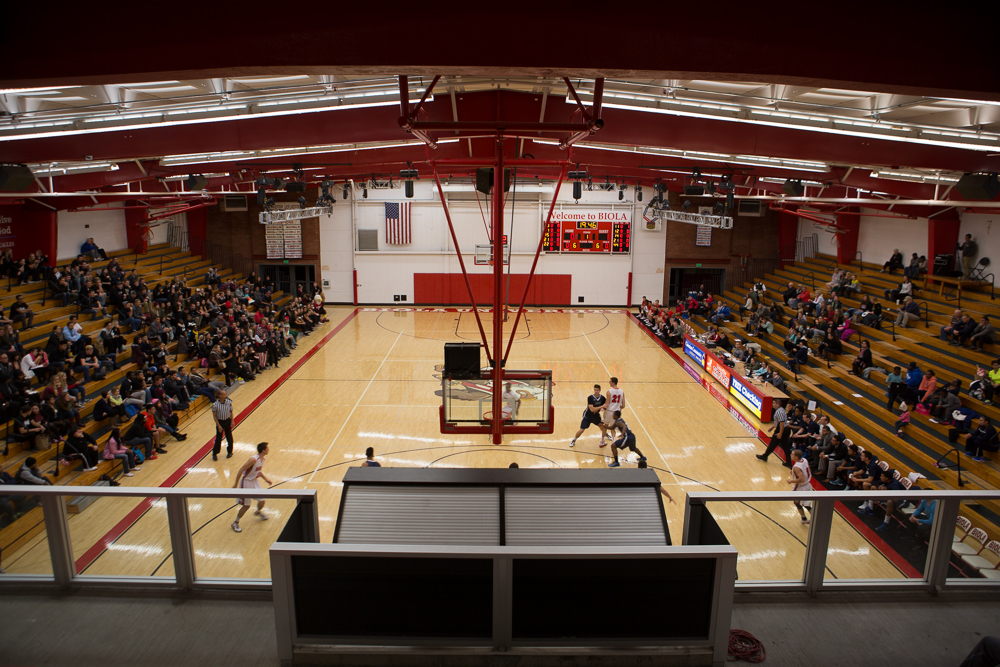There is a time when all things — even good things — must come to an end and we must press on to new things. In January of this year, Biola’s board of trustees voted to start the process of moving its athletic program from the NAIA to NCAA Division II. Although the process is long, the final outcome will benefit Biola’s athletic program in multiple ways.
To transition from the NAIA to the NCAA is not an overnight event. It takes about four to five years from the time that a school decides to apply to the NCAA to the time that they are allowed to play postseason games.
Biola is currently compiling everything it needs in order to apply for the NCAA. Once the year-long compilation is complete, the application will be sent out to the NCAA Div. II offices. They will then make a decision on whether or not they will accept Biola into the NCAA sometime during summer of 2016.
If Biola is accepted, they will compete in the Golden State Athletic Conference in the NAIA for its final year in 2016-2017. The following year, the Eagles will move to the Pacific West conference in the NCAA. However, Biola will not be allowed postseason opportunities and will continue to be ineligible for postseason throughout the 2018-2019 year.
OUTGROWING NAIA
The 2019-2020 year will mark Biola’s first year with the NCAA with eligibility to play in the postseason if Biola’s application is accepted. The Eagles will go up against schools like Azusa Pacific University, Point Loma University, and Fresno Pacific University.
Biola is close to outgrowing the NAIA. Azusa officially moved to Div. II in the Fall of 2012 and this school year is Concordia University’s last season in the NAIA. Both of these schools have served as rivals and excellent competition for Biola, and although schools like Westmont College have stepped up and attempted to reignite the longstanding rivalry they once had with Biola, the competition is not what it used to be.
Yes, the first few years in Div. II will be difficult, but the move to the NCAA gives Biola a higher cap on scholarships to give to athletes — by providing better scholarships, coaches will be able to build stronger programs.
ADJUSTING TO THE PACE
The two years Biola is ineligible for postseason will help to adjust to the pace of Div. II to be able to compete well when they are eligible. No one enjoys the rebuilding years, but those years are a part of every sports program. If we do have to rebuild, why not expand to something greater?
The move to the NCAA might be the push Biola needs to get certain facilities to standard size like the swimming pool and track, as well as adding more tennis courts. As for Chase Gymnasium’s current capacity level, there will probably be a time when the student body will outgrow that as well. But that should not hinder us from moving to the NCAA and stronger competition.
HOLDING CHRISTIAN VALUES
Many people may be worried that with Biola’s move to the NCAA, the athletes that start coming in might not hold the same values and principles that Biola believes in or even claim to be Christians themselves. However, there are plenty of schools in Div. II that continue to hold to their Christian values like Colorado Christian and Azusa Pacific. We have to trust the coaches at Biola will still search for talented, Christian athletes who believe in what Biola tries to cultivate as a Christian university.
Moving to the NCAA will not diminish the integrity of Biola or its athletic program. It will bring new challenges to the competition and a new wave of excitement for the sports programs on campus.







